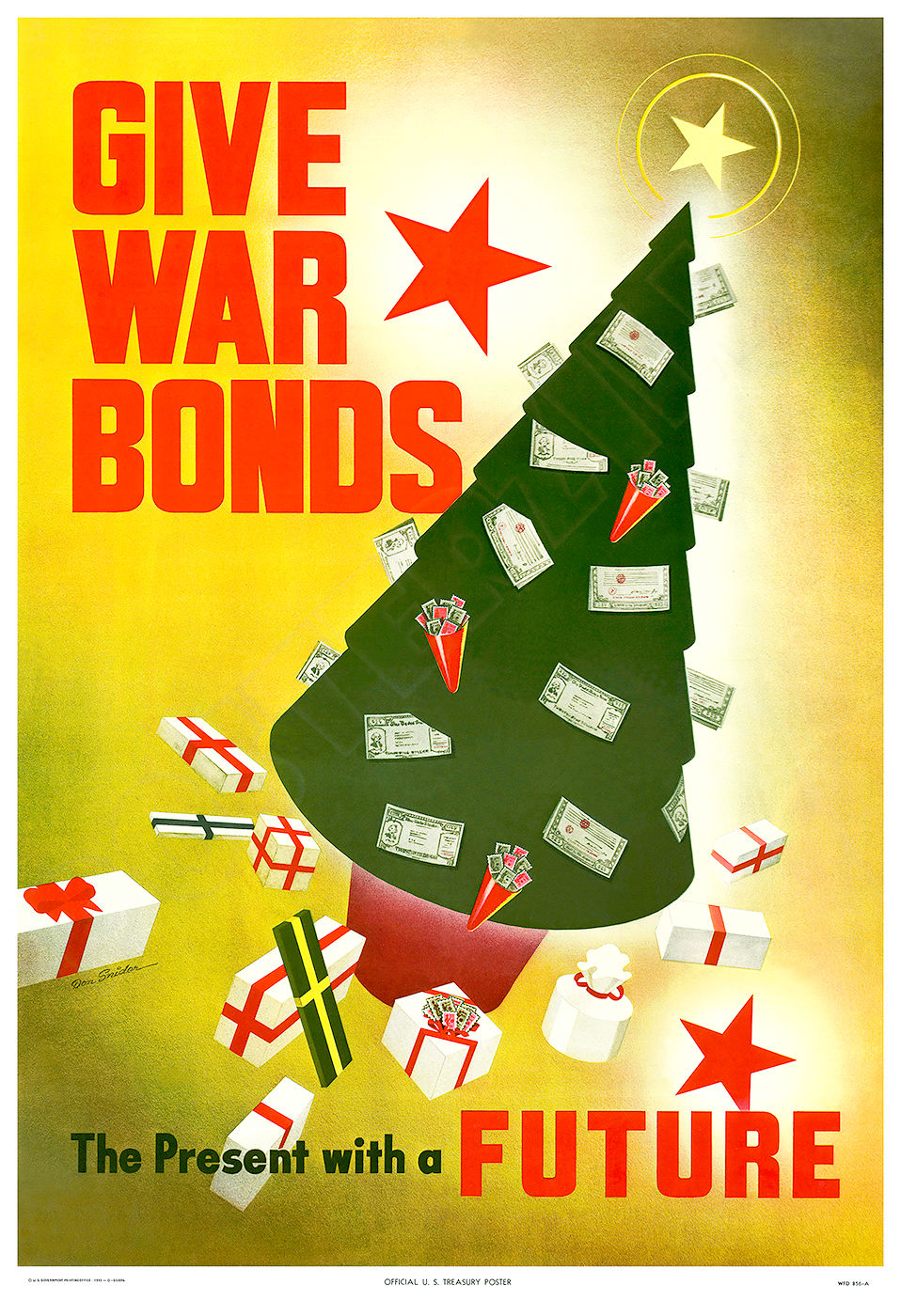This beautiful reproduction poster has been re-mastered from an original 1906 Sanborn Fire Map for Steeplechase Park, at Coney Island, Brooklyn, New York. This is one of 5 maps in an extraordinary collection of posters showing the details of the amazing amusement centers of Coney Island, in the early 1900s. The maps show amusement park rides, bath houses, hotels, eateries, dance and concert halls, municipal facilities, and more.
Additional maps IN THIS COLLECTION can be purchased at a discount, and can used to create a beautiful display of turn-of-the-century artistic maps.
The Sanborn Map Company was founded in 1867 by civil engineer and surveyor Daniel A. Sanborn. The company produced specialized maps that could be used by insurance companies to assess fire risks in urban areas.
The high-resolution image is printed on heavy archival photo paper, on a large-format, professional giclée process printer. The poster is shipped in a rigid cardboard tube, and is ready for framing.
The 24"x36" format is an excellent image size that looks great as a stand-alone piece of art, or as a grouped visual statement. These posters require no cutting, trimming, or custom framing, and a wide variety of 24"x36" frames are readily available at your local craft or hobby retailer, and online. This poster has a 1" white border.
A great vintage print for your home, shop, or business!
HISTORY OF CONEY ISLAND AND STEEPLECHASE PARK
Between about 1880 and World War II, Coney Island was the largest amusement area in the United States, attracting several million visitors per year. Its development as an amusement area was concurrent with the erection of urban amusement parks elsewhere in the United States, which changed amusement from a passive to an active concept. Of these amusement areas, Coney Island was the largest. At its height, it contained three competing major amusement parks—Luna Park, Dreamland, and Steeplechase Park—as well as many independent amusements in the area known as The Bowery District.
The area was also the center of new technological events, with electric lights, roller coasters, and baby incubators among the innovations at Coney Island in the 1900s. By the first decade of the 20th century, Coney Island was seen as a top getaway and "a symbol of Americans' increasing pride.”
STEEPLECHASE PARK
Steeplechase Park was a 15-acre amusement park in Coney Island, Brooklyn, New York City. Steeplechase Park was created by entrepreneur George C. Tilyou in 1897 and operated until 1964. It was the first of the three large amusement parks built on Coney Island, and was the longest-lasting, running for 67 years.
The first rides in Steeplechase Park were standalone attractions scattered around Coney Island that Tilyou had purchased in the early 1890s. Steeplechase itself opened in 1897 to unite these formerly separate attractions, and quickly gained popularity as a family-friendly destination with exhibitionist and risque undertones. It was destroyed by fire in 1907, but was quickly rebuilt. By the 1960s, Steeplechase Park was becoming unprofitable due to high crime, the growth of suburban getaways, and the area's general trend toward residential development.
After the park closed in 1964, developer Fred Trump purchased the land and planned to develop it for residential use, but this never came to pass, and the site was used for seasonal amusement rides during the 1970s. A dispute ensued over the proposed use of the Steeplechase Park site in the 1980s and 1990s, as two developers disagreed over whether to rebuild the amusement park or build a sports complex on the site. A minor-league baseball stadium called Keyspan Park (now Maimonides Park) was built in 2001.
The Parachute Jump is the only remaining portion of the former amusement park. The New York City Department of Parks and Recreation maintains the land under Maimonides Park as part of a green space also called Steeplechase Park.
LUNA PARK
Luna Park was an amusement park in Coney Island, Brooklyn, New York City. Luna Park was located on a site bounded by Surf Avenue to the south, West 8th Street to the east, Neptune Avenue to the north, and West 12th Street to the west. Luna Park opened in 1903 and operated until 1944.
Luna Park was located partly on the grounds of the small park it replaced, Sea Lion Park, "the first enclosed and permanent amusement park in North America. That attraction operated between 1895 and 1902. It was the second of the three original, very large, iconic parks built on Coney Island; the other were Steeplechase Park (1897, by George C. Tilyou) and Dreamland (1904, by William H. Reynolds).
The park was mostly destroyed by a fire in 1944, never reopened, and was demolished two years later. Though another amusement park named Luna Park opened nearby in 2010, it has no connection to the 1903 park.
top of page
$34.95Price
Color: Earth
These are simply the best posters available! You will be thrilled with the image quality, vivid colors, fine paper, and unique subjects.
Our posters are sized for standard off-the-shelf frames, with no custom framing required, providing huge cost savings!
Related Products
bottom of page































